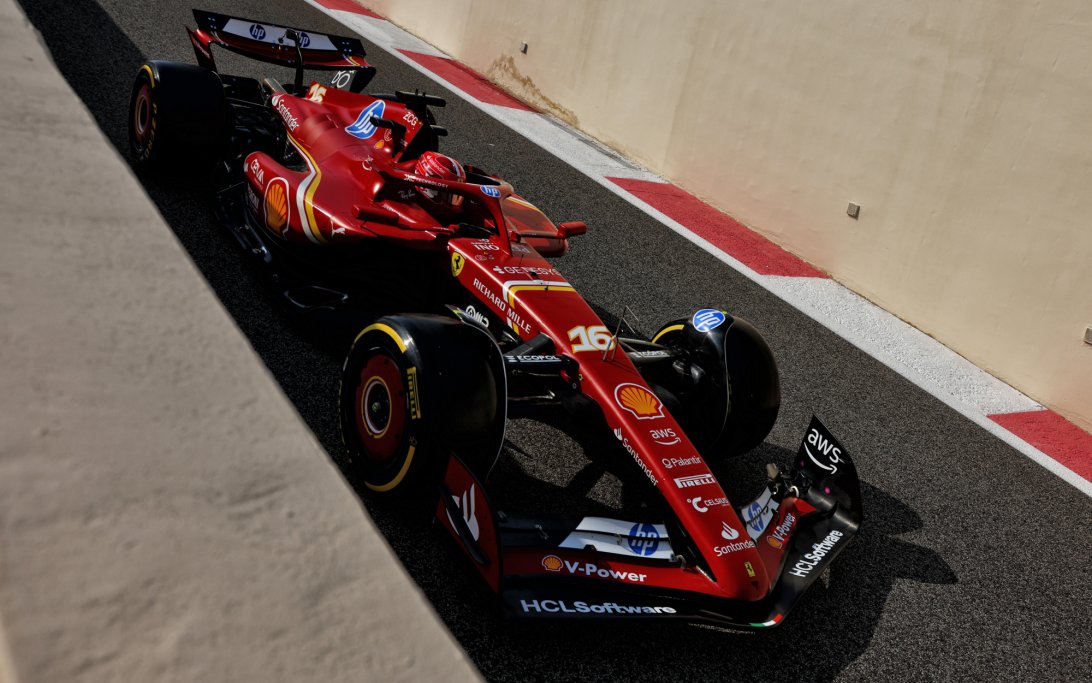Ferrari: secrets of dynamic test bench used for F1 development of SF-25

Today at 01:30 PM
Ferrari team principal Fréd Vasseur did not mince words when speaking just a few months ago about the SF-25 single-seater, stating that the new weapon of the Prancing Horse, at least based on simulation data, is “very good.” A car that, after a fluctuating but overall positive 2024 Formula 1 season (with the Scuderia fighting for the constructors’ title until the last race), will have to bring the team back to winning, hopefully, the championship. And, at least so far, the newborn Scuderia car is developing without issues: the fire-up was carried out last week, and the car’s assembly is progressing well, set to be completed just before its presentation on February 18. Moreover, beyond the information gathered on the SF-25’s development, it is also known that the upcoming car will have many differences from its predecessor to overcome its limitations and seek performance in weak areas, especially in qualifying, where there were significant difficulties in bringing the tires up to temperature and extracting the full potential of the overall package.
Many innovations to test
The SF-25 will feature a new chassis with a new driver position, a new front suspension (pull-rod), and a new gearbox casing, shorter, with a different arrangement of the rear suspension linkages to maximize traction and improve tire management. A single-seater that everyone hopes will be competitive, entrusted to Charles Leclerc and Lewis Hamilton—two top-level drivers capable of extracting its full potential in any condition. And precisely to work on and maximize the package's potential, the SF-25 will likely be sent to the Ferrari dynamic test bench in the days leading up to its unveiling and shakedown. This will allow for the first indoor tests, verification of its functionality, and an initial data-gathering process on the front suspension, forming the basis for setup definition ahead of testing in Bahrain. According to information reported by formula1.it, this test bench allows for reliability tests and evaluation of a wide range of parameters, helping ensure that the car hits the track already “broken in,” with a solid reliability foundation (key with only three days of testing to maximize track time and performance work) and insights into the areas that require further focus.
Rolling… on the test bench
This tool, built in the early 2010s, allows the complete single-seater to be placed on dynamometers that enable relative motion and the execution of endurance, fuel consumption, cooling, ERS recharge, mapping tests, and more. A sizeable test bench, mainly used for the F1 car but also equipped with multiple consoles to accommodate other types of vehicles, such as GTs or prototypes. An important instrument, which, despite FIA restrictions (as in 2023, when stewards allowed only 50 km of use), can operate for 24 consecutive hours: a daytime session where the car runs and a nighttime session where the vehicle is inspected, disassembled, components checked, data downloaded, reassembled, and fired up again for the following day’s session.
The post Ferrari: secrets of dynamic test bench used for F1 development of SF-25 appeared first on Scuderia Fans.


